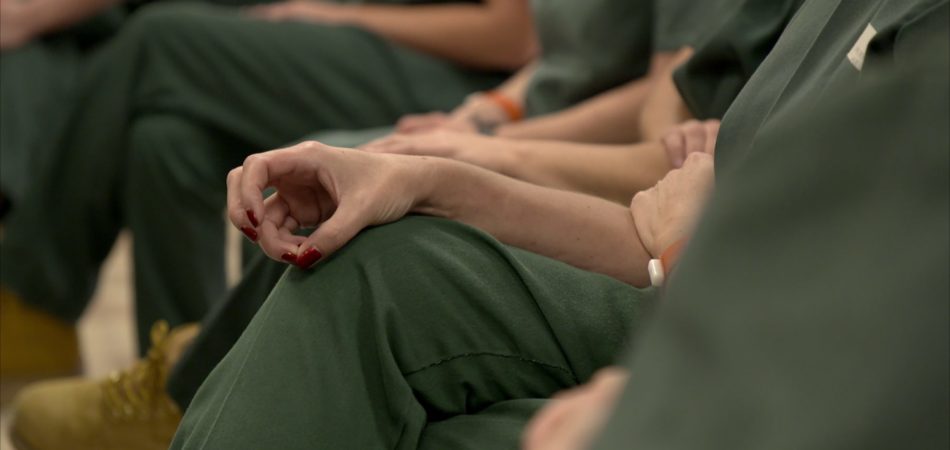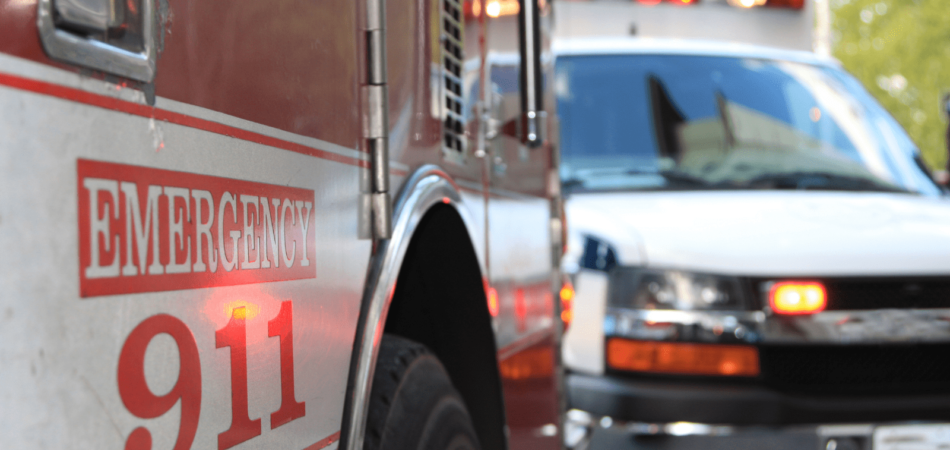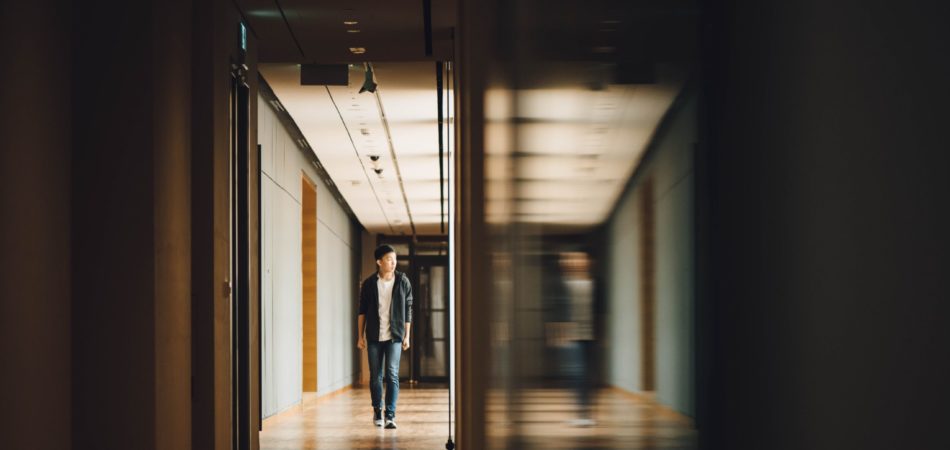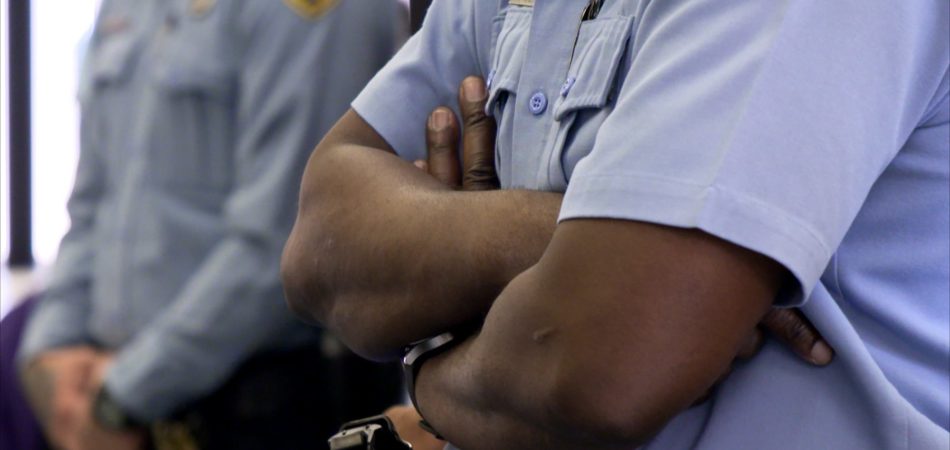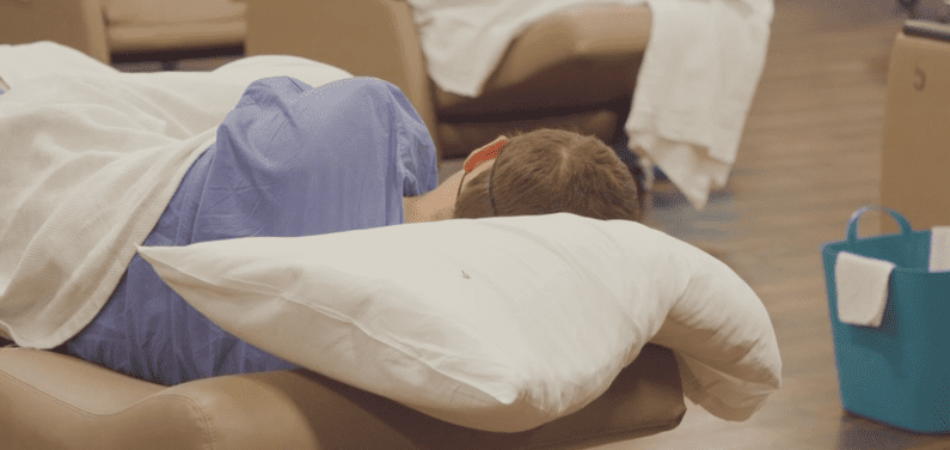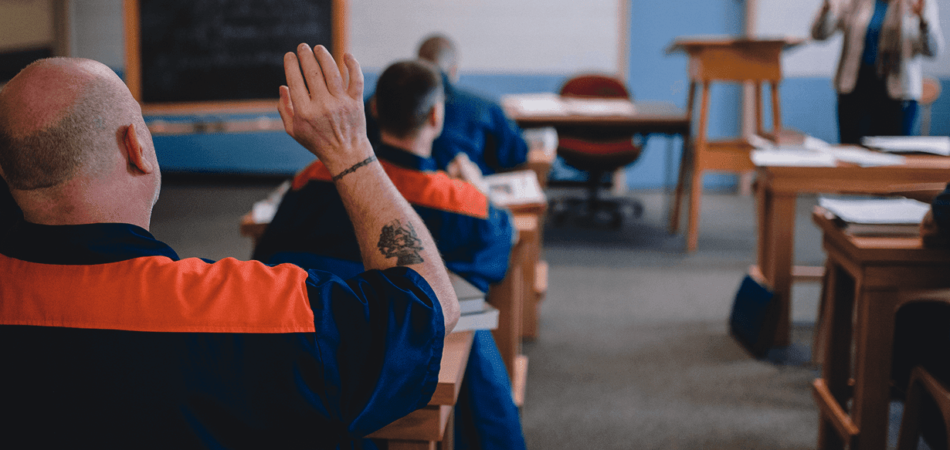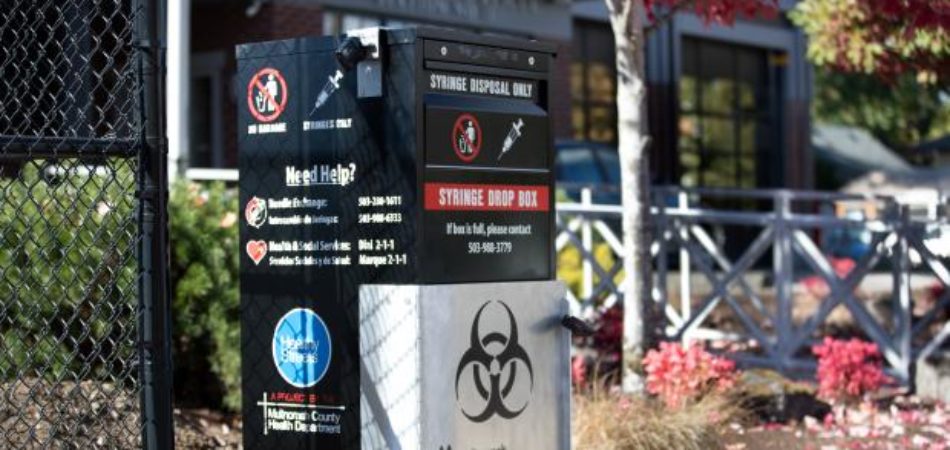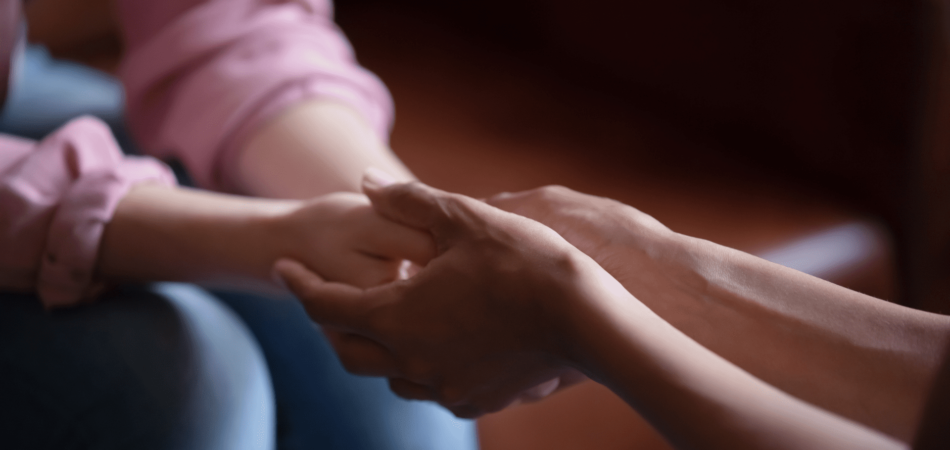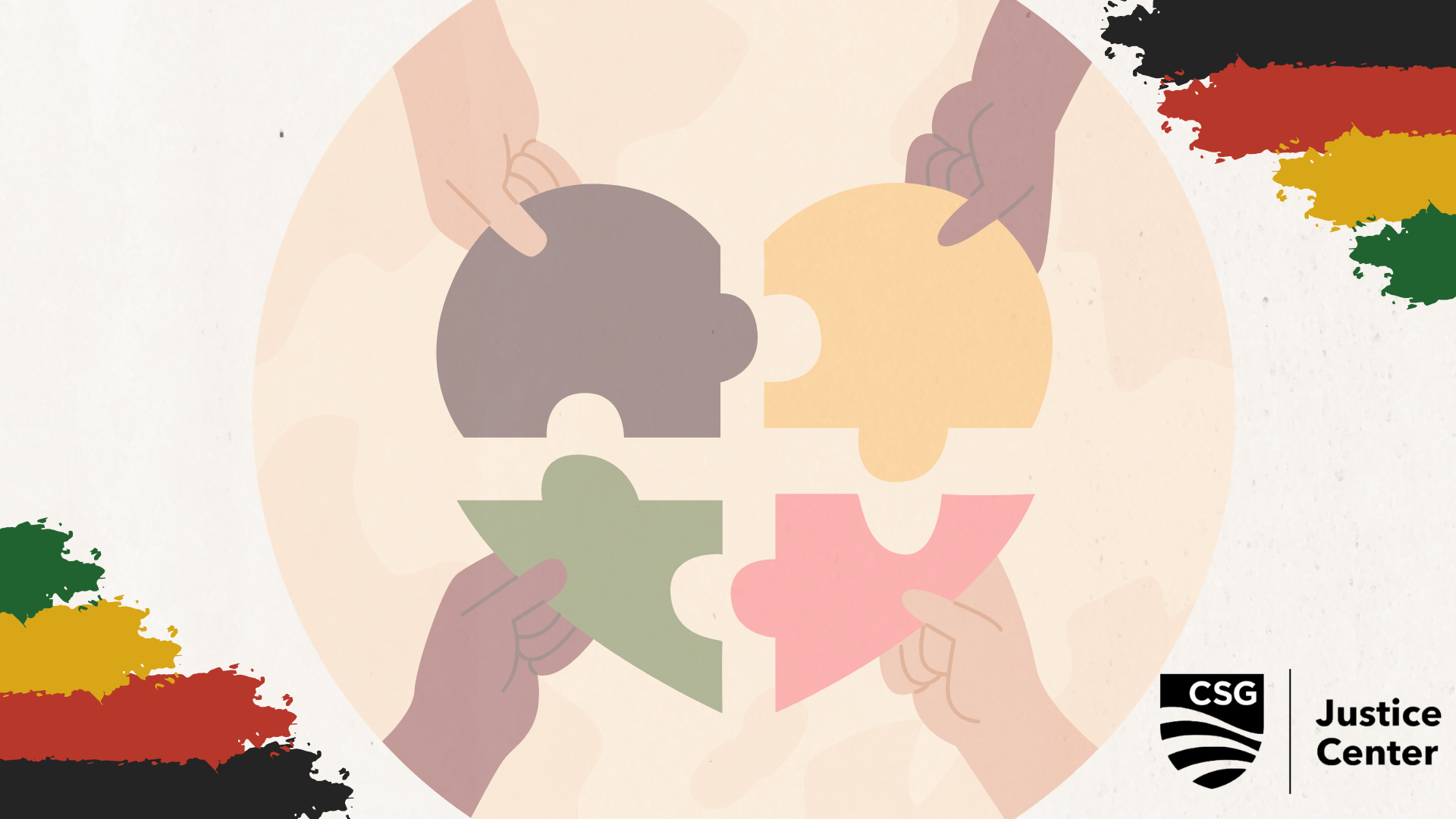
Juneteenth commemorates the end of slavery in the United States. Celebrating the day that Union General Gordon Granger arrived in Texas and announced the emancipation of enslaved people in 1865, Juneteenth symbolizes the resilience, determination, and perseverance of Black Americans throughout history. This national holiday celebrates freedom, cultural traditions, achievements, and a commitment to racial equity and justice. In honor of Juneteenth, we’re sharing five things that we’re watching, reading, and listening to.
📺 WATCH: Juneteenth Jamboree is a PBS show celebrating the rich history and vibrant traditions of Juneteenth. Explore the holiday’s origins, cultural traditions, and evolving meaning through engaging storytelling, music, and performances. Experience the profound significance of Juneteenth in history.
13th, a Netflix documentary, explores the history of racial inequality in the United States, particularly in the criminal justice system. It highlights the need for reforms to address systemic racism in America.
📖 READ: Just Mercy, written by Bryan Stevenson, founder and executive director of the Equal Justice Initiative, documents the author’s experiences as a lawyer and advocate for people who were wrongfully convicted and people sentenced to death in the United States. Learn about issues of racial injustice, inequality in the criminal justice system, and the importance of compassion and mercy in finding true justice.
🎧 LISTEN: 1619 is an audio series that explores various aspects of slavery’s impact on American society, including the economy, politics, culture, and identity. It aims to foster a deeper understanding of America’s complex racial dynamics and encourage conversations about social justice and equality. Read more on the 1619 Project, an initiative by Nikole Hannah-Jones and The New York Times Magazine.
Revision Path, a weekly podcast and the first to be added to the permanent collection in the Smithsonian’s National Museum of African American History and Culture, highlights the work of Black artists, creatives, and developers. It celebrates diverse perspectives, experiences, and achievements of individuals from the Black creative community while also fostering dialogue around issues of diversity, inclusion, and representation.
About the author

A positive school experience, where a child feels secure, is essential for their well-being. However, for many children…
Read MoreWhen returning to their communities from criminal justice settings, people with behavioral health needs face barriers in accessing…
Read More Supporting Children of Incarcerated Parents: Reimagining School and Community Collaboration
Supporting Children of Incarcerated Parents: Reimagining School and Community Collaboration
A positive school experience, where a child feels secure, is essential for their well-being. However, for many children with incarcerated parents—one in 14 in the U.S.—school can feel far from safe due to stigma, trauma, and a lack of understanding.
Read More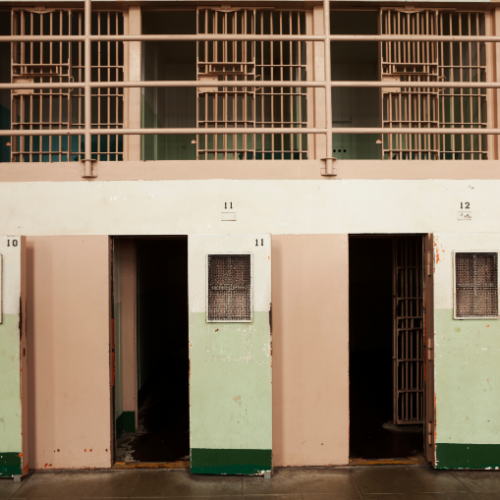 Bridging Communities and Correctional Systems: Q&A with CSG Justice Center Advisory Board Member Commissioner Nicholas Deml
Read More
Bridging Communities and Correctional Systems: Q&A with CSG Justice Center Advisory Board Member Commissioner Nicholas Deml
Read More
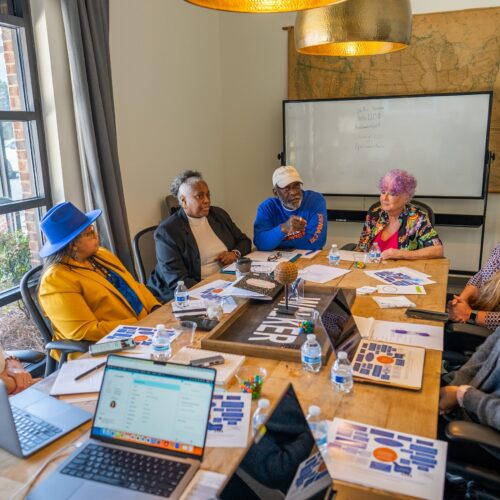 Assigned to the Cloud Crew: The National Incarceration Association’s Hybrid Case Management for People with Behavioral Health Needs
Assigned to the Cloud Crew: The National Incarceration Association’s Hybrid Case Management for People with Behavioral Health Needs
When returning to their communities from criminal justice settings, people with behavioral health needs face barriers in accessing basic needs—including food, housing, employment, transportation, education, clothing, and substance use and mental health services—which increases their risk of experiencing a crisis.
Read More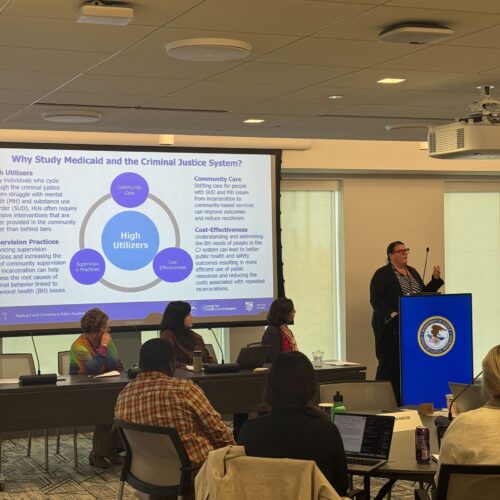 Meet the Medicaid and Corrections Policy Academy Mentor States
Meet the Medicaid and Corrections Policy Academy Mentor States
New Hampshire Department of Corrections Commissioner Helen Hanks presents at the Medicaid and Corrections Policy Academy in-person meeting.
Read More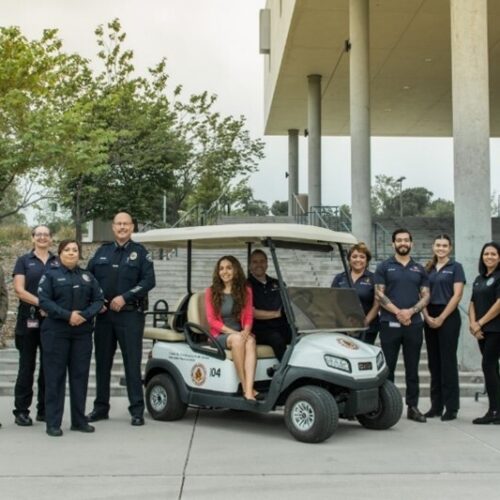 Taking the HEAT Out of Campus Crises: A Proactive Approach to College Safety
Taking the HEAT Out of Campus Crises: A Proactive Approach to College Safety
The sharp rise in school shootings over the past 25 years has led school officials across the U.S. to take a closer look at ways to keep students safe. For Chaffey College in Rancho Cucamonga, California, a tragic incident at a nearby university hit close to home and spurred campus leaders to revisit their own school’s threat assessments and crisis responses.
Read More